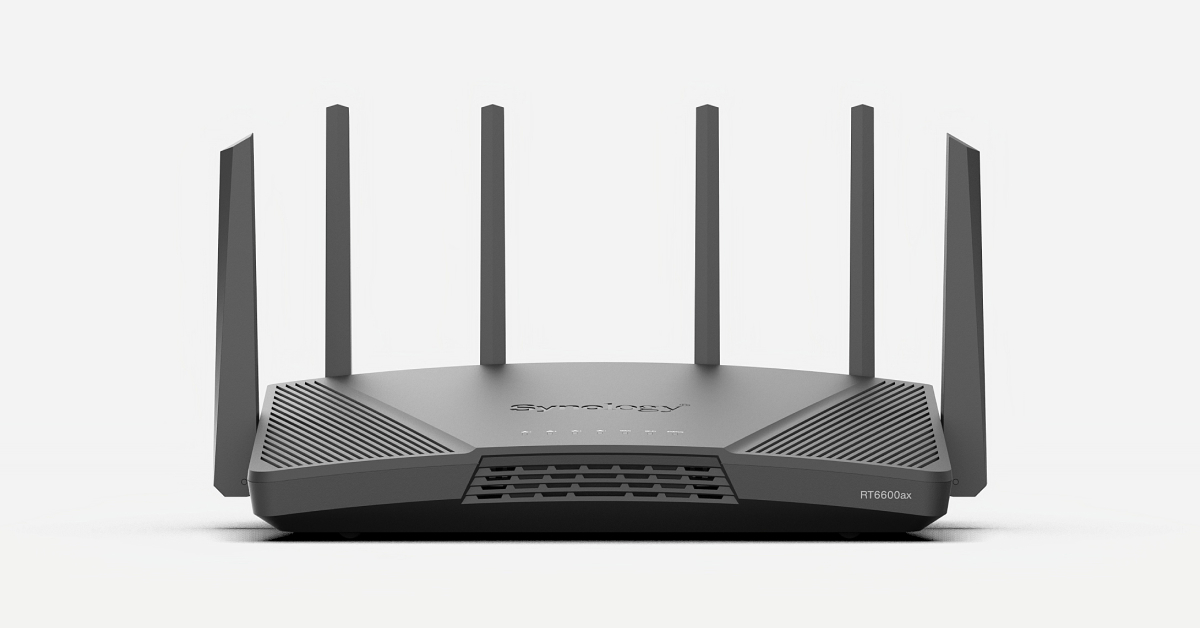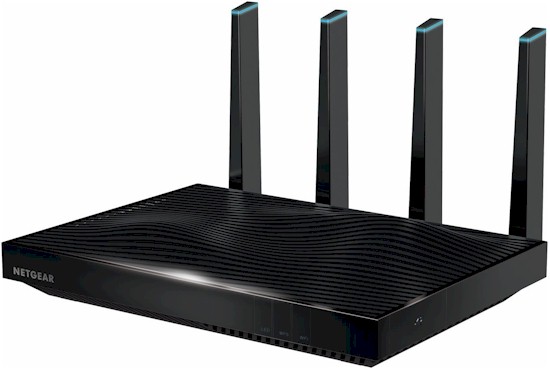I personally think the "crippled" AX86S is fine with current US price gap of $70 (or $100 with best buy trade in), but I would never recommend it over AX86U if pricing was closer to the MSRP.
I can't confirm the exact spec, but the older BCM43684 4x4 SoC (AX86U/S 5G radio) has a fairly beefy internal A7 core (1.5Ghz?) that doesn't need to offload to main CPU as much as older/alt designs, granted that also means that the AX86U and PRO model could handle "more" for obvious reasons.
As for the 2.4G 3x3 BCM6710 chip, it does impact the main CPU (to a noticeable degree) when running a basic speed test, but I can see that being logical as the chip is fairly small relative to the 4x4 Radio SoCs. I just have no clue what the internal spec is or if it shares an A7 core like the BCM43684 (and BCM6715.. 1.7Ghz?).
I don't think dual core BCM4906 via AX86S will ever get heavily saturated on 5G network, especially in a 1-2 person home, though the RAM is a bigger culprit all around, especially with newer ASUSWRT 388 firmware code. AX86S on current FW consumes 375-400mb out of box with nothing enabled... I would imagine the bottleneck to start here as time goes on.
I really wish there were white papers or marketing material like Broadcom used to let out.. IE: the 4x4 BCM4366/E is a confirmed 800mhz A7 SoC design as referenced here via "penta core" design:
Updated - NETGEAR's Nighthawk X8 Smart WiFi Router is the first AC5300 router we've tested. It didn't impress.

www.smallnetbuilder.com
At least the dual core A53 4906 in AX86S is better than the lower end full SoC "tri/quad core" designs.. Which are more or less confirmed 1.5ghz and 1.7ghz A7 for Gen 2. CPU pool is shared between radio... Marketing nonsense.
I assume BCM43684 is a 1.5ghz A7 due to 1 vendor sort of leaking that spec, but it also makes sense relative to the "real" SoCs found in entry routers.
I'm very curious about the 3x3 6710 radio for that reason.. Would be weird if its weaker clock spec or if it fully offloads to main radio with minimal use.. Would rather have the full 4x4 + 4x4 design for that reason alone.
Sorry for rant.




